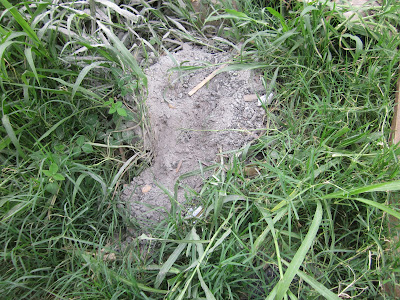Wood charcoal has been used for cooking in Ethiopia and wood charcoal ash (leftover after burning) is simply dumped nearby house after using it. It causes environmental problems and health issues.
How about applying wood charcoal ash mixed with organic fertilizer (i.e., manure) and inorganic fertilizer (i.e., urea) in the crop fields (sugarcane and maize), grazing pasture, shade coffee agroforestry?
How does the application affect crop yields?
How does the application affect soil carbon sequestration in the fields?
How does the application affect soil greenhouse gas emissions?
How about applying wood charcoal ash mixed with organic fertilizer (i.e., manure) and inorganic fertilizer (i.e., urea) in the crop fields (sugarcane and maize), grazing pasture, shade coffee agroforestry?
How does the application affect crop yields?
How does the application affect soil carbon sequestration in the fields?
How does the application affect soil greenhouse gas emissions?
Figure 1. Wood charcoal before using
Figure 2. Wood charcoal after using
Figure 3. Abandoned used wood charcoal in back yard












